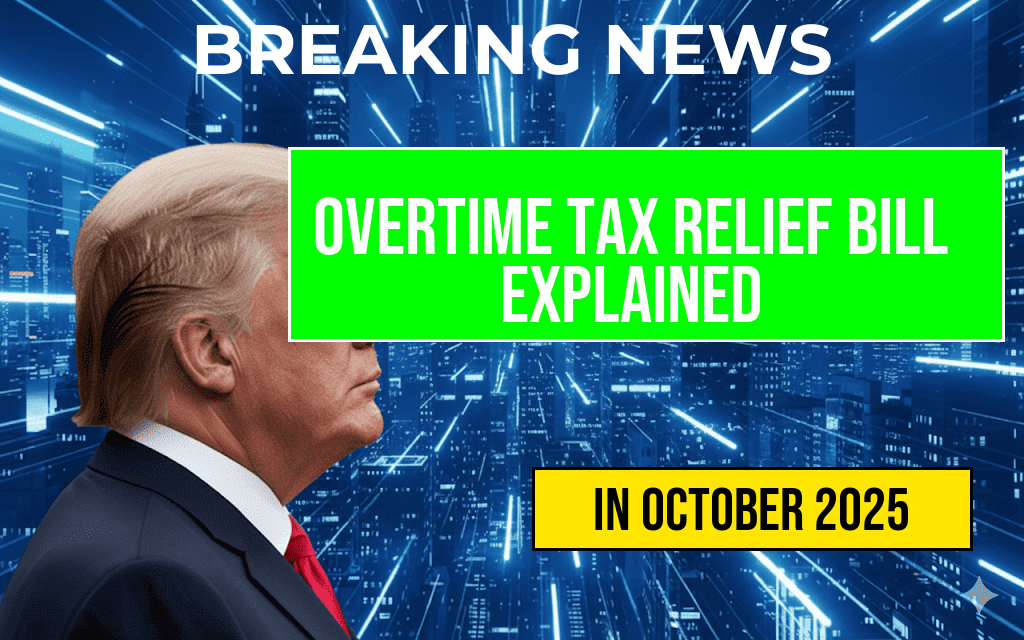Retirees with low incomes now have access to a new tax benefit that could significantly lower their federal tax bills. The recent changes introduced a $4,000 deduction aimed specifically at seniors who meet certain income criteria. This adjustment promises to provide substantial relief, with some individuals potentially reducing their taxes by over $400. The IRS’s updated guidelines reflect an effort to support aging Americans facing rising healthcare costs and limited retirement savings. Eligible seniors should review the new deduction carefully, as it can be a game-changer in managing their annual tax obligations. Financial advisors suggest that understanding the specifics of this benefit could help retirees maximize their savings and ensure they’re not missing out on potential tax reductions.
Understanding the New Deduction for Low-Income Retirees
Who Qualifies for the $4,000 Deduction?
The updated tax rule primarily targets low-income seniors aged 65 and older. To qualify, retirees must meet specific income thresholds set by the IRS, which consider adjusted gross income (AGI) and other factors like filing status. Generally, individuals with an AGI below $20,000 for singles or $30,000 for married couples filing jointly are eligible. The deduction is designed to provide relief for seniors with limited retirement assets, especially those relying heavily on Social Security benefits or modest pensions.
How the Deduction Works
The $4,000 deduction acts as an additional standard deduction for eligible seniors. It effectively reduces taxable income, decreasing the overall tax burden. For example, a retiree with a taxable income of $12,000 could see their taxable amount drop to $8,000, potentially lowering their tax rate or eliminating their liability altogether. The deduction is particularly beneficial for seniors who are on fixed incomes and have minimal deductions of their own.
Potential Tax Savings and Impacts
| Scenario | Taxable Income | Standard Deduction | Additional Deduction | Estimated Tax Reduction |
|---|---|---|---|---|
| Without the new deduction | $12,000 | $13,850 (2023 Standard Deduction) | N/A | $0 (likely no tax owed) |
| With the $4,000 deduction | $12,000 | $13,850 | $4,000 | Over $400 in tax savings (depending on tax bracket) |
Financial experts note that for seniors in the lowest tax brackets, this deduction could mean the difference between owing a small amount or paying nothing at all. For those with slightly higher income, the savings still add up, especially when combined with other credits and deductions. The Internal Revenue Service emphasizes that seniors should consult with tax professionals or visit official resources like [IRS.gov](https://www.irs.gov) to confirm eligibility and optimize their filings.
Additional Considerations for Retirees
How to Claim the Deduction
Retirees should ensure they report their income accurately and claim the deduction when filing their federal taxes. The process involves attaching the appropriate forms, typically Schedule A if itemizing, or claiming the deduction directly through the standard deduction if eligible. Taxpayers should retain documentation verifying their age and income levels, such as Social Security statements and pension statements, in case of IRS inquiries.
Impact on Other Benefits
Applying the $4,000 deduction may influence eligibility for certain programs, including Medicaid or supplemental assistance. While some benefits are tied to income levels, others consider net worth or other factors. Seniors should evaluate how this deduction interacts with their overall financial picture, possibly consulting a financial planner or tax professional for personalized advice.
Resources and Next Steps
- Visit the [IRS website](https://www.irs.gov) for detailed guidance on deductions for seniors.
- Consult with a certified tax preparer to ensure accurate reporting and maximize benefits.
- Review retirement account distributions and other sources of income to understand their impact on eligibility.
As the IRS continues to update its policies to support aging Americans, staying informed about available benefits can lead to significant savings. Retirees with limited incomes should explore this new deduction thoroughly and consider how it fits into their broader financial planning. With proper planning, this adjustment could provide much-needed relief, allowing seniors to better manage their retirement years with greater financial security.
Frequently Asked Questions
What is the new $4,000 deduction available for low-income seniors?
The new $4,000 deduction is a tax benefit designed to help low-income retirees reduce their taxable income, potentially lowering their tax bill by over $400.
Who qualifies as a low-income senior for this deduction?
Qualifying low-income seniors are typically those above a certain age threshold who meet specific income limits set by the IRS. Details vary, so it’s important to check the latest eligibility criteria.
How much can I potentially save on my taxes with this deduction?
By claiming the $4,000 deduction, retirees could see a reduction in their tax bill by more than $400, depending on their overall income and tax rate.
When does this deduction take effect, and how do I claim it?
This deduction is effective for the current tax year. To claim it, you need to file your taxes and include the relevant forms or schedules as instructed by the IRS.
Are there any other benefits or programs available for seniors with low income?
Yes, in addition to this $4,000 deduction, seniors may qualify for other tax credits and benefit programs aimed at supporting low-income retirees. It’s advisable to consult a tax professional or visit official IRS resources for comprehensive information.






